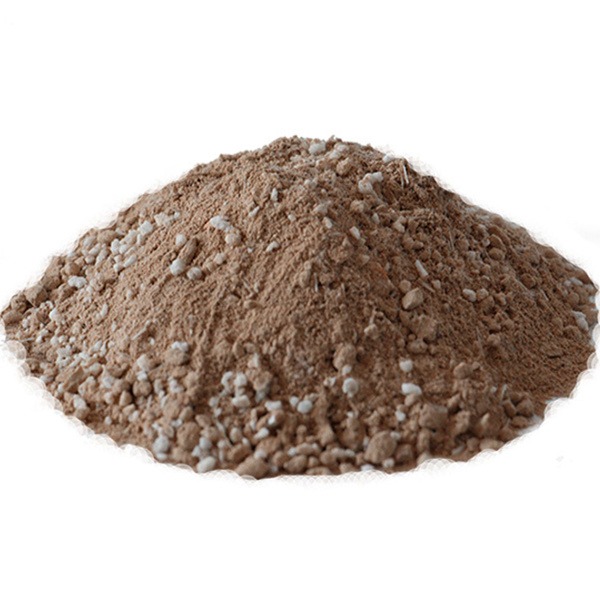Lightweight refractory spray coatings
Classification:
Product Introduction
Lightweight refractory spray coating is composed of refractory aggregates, powders, binders (or admixtures), and is applied by mechanical jetting method with pneumatic tools. In the spraying process of this material, due to the repeated and continuous impact of cement and aggregate and other constituent materials, the sprayed material is compacted, so the spraying coating has good density and mechanical strength.
According to the bulk density of the material, light refractory spray coatings are divided into light spray coatings (0.5~1.3g/cm³), medium and heavy spray coatings (1.3~1.8g/cm³) and heavy spray coatings (>1.8g/cm³)。 Lightweight spray coatings are mainly used as thermal insulation and heat insulation linings, medium and heavy spray coatings can be used as heat insulation linings, and can be used as working linings for low and medium temperature atmosphere furnaces, while heavy spray coatings are mainly used as working linings.
The critical particle size of the refractory aggregate of the lightweight refractory spray coating is 5mm, and the particle gradation is: 3~5mm is about 19%~30%; 0.6~3mm is about 8%~14%; 0.088~0.60mm is about 30%~40%; Less than 0.088mm, about 25%~35%. The main performance indicators of lightweight refractory spray coatings include bulk density, refractoriness, flexural bonding strength, service temperature, thermal conductivity, etc.
The application methods of lightweight refractory spray coatings include wet, semi-dry and dry spraying. Wet spraying is to mix the refractory mixture into a slurry before spraying; The semi-dry method is to add a small amount of water to the refractory mixture and stir it evenly, and when it is conveyed to the nozzle, then add the remaining water to spray; All the water used in the dry process is added at the nozzle.
Lightweight refractory spray coatings are widely used in the thermal insulation of kilns, but also in the working layers of tubular furnaces, flues and chimneys.
A specific mix ratio of lightweight refractory spray coating is: 45%~50% clay clinker particles, 4%~7% perlite particles with a particle size greater than 1.0mm, 25% high alumina powder, 22% 525 CA-50 cement, plus spodumene 4% and an appropriate amount of admixtures and water.
Lightweight refractory spray coatings have been widely used in the thermal insulation layer of industrial kilns because of their lightweight and thermal insulation characteristics.
| Projects | Physical and chemical indicators | ||||||
| LGQP-0.8 | LGQP-1.0 | LGQP-1.3 | LGQP-1.5 | LGQP-1.8 | LGQP-1.8T | ||
| (Al2O3)/% | ≥ | 30 | 35 | 40 | 42 | 45 | 55 |
Bulk density/(g/cm3) ≤ | 110℃×24h | 0.8 | 1.0 | 1.3 | 1.5 | 1.8 | 1.8 |
Compressive strength at room temperature /Mpa ≥ | 110℃×24h | 4 | 5 | 7 | 12 | 15 | 12 |
| The test temperature × 3h | 3 800℃ | 4 1000℃ | 5 1200℃ | 10 1300℃ | 13 1300℃ | 10 1450℃ | |
Heating permanent line change (test temperature×3h)/% | ±0.8 800℃ | ±0.8 1000℃ | ±0.8 1200℃ | ±0.8 1300℃ | ±0.8 1300℃ | ±1.0 1450℃ | |
Thermal conductivity (average 350°C±25℃)/[W/(m. K)] | ≤ | 0.21 | 0.25 | 0.35 | 0.40 | 0.70 | 0.75 |
| Recommended maximum operating temperature/°C | 800 | 1000 | 1200 | 1300 | 1300 | 1500 | |
Key words:
Lightweight refractory spray coatings
Refractory spray coatings
Related Products
Product inquiry


